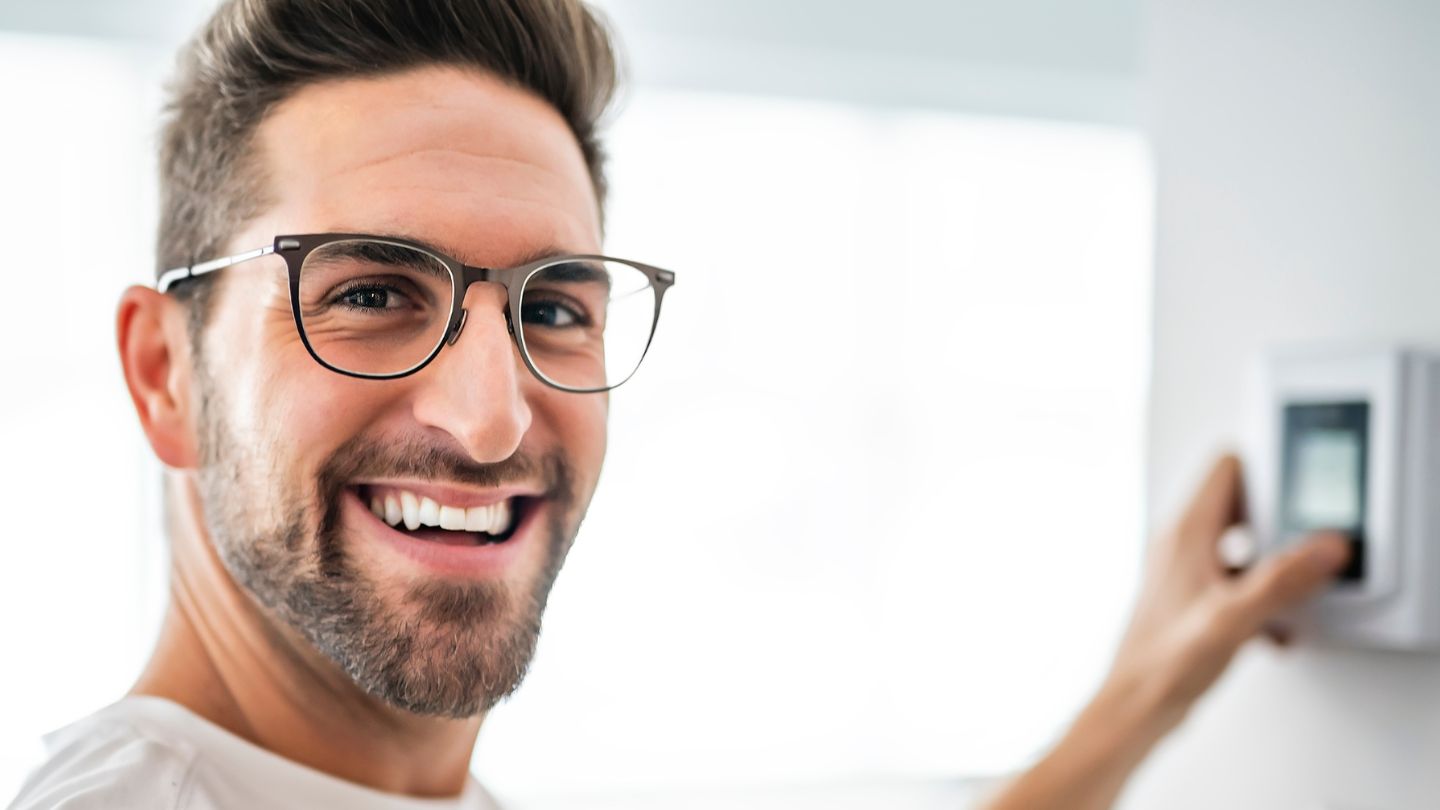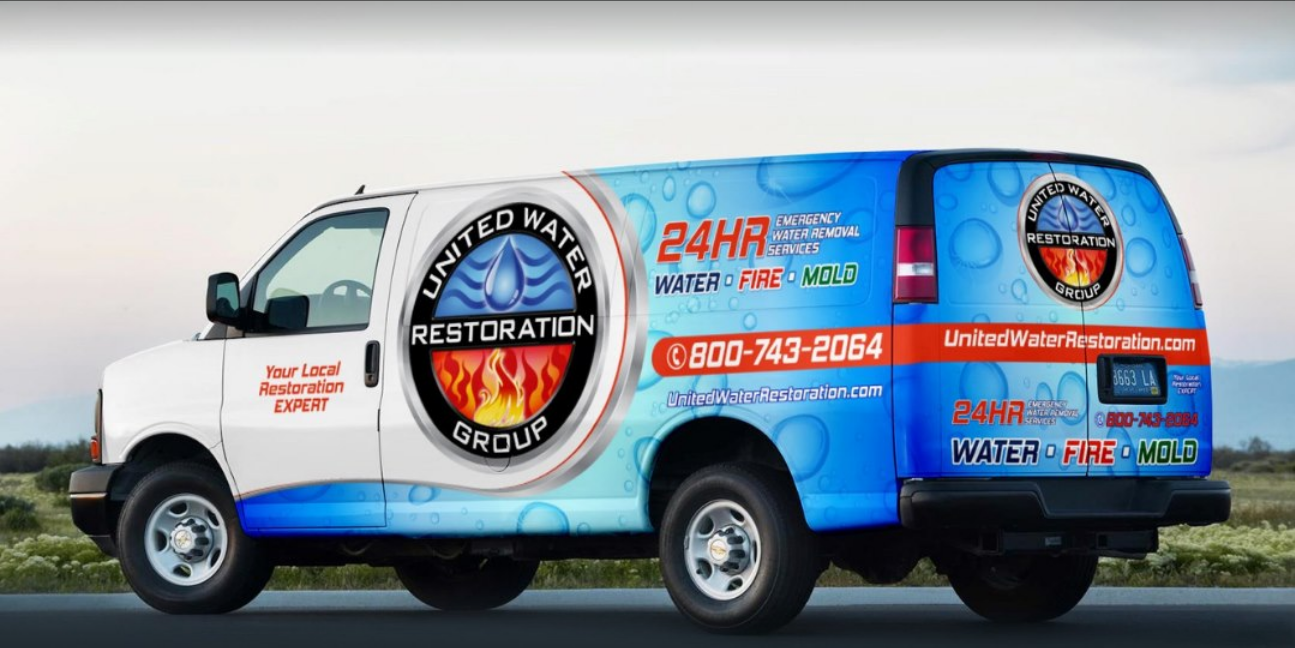As the Florida snowbirds season approaches, escaping the harsh winter weather to bask in the Florida sunshine is a dream come true. However, with the warm and humid climate, there’s one unwelcome guest that often creeps into homes – mold. Mold thrives in humid environments and can quickly become a serious issue if not addressed promptly.
In this blog, we’ll explore Florida snowbird checklists and essential mold remediation/prevention tips to ensure a Florida winter retreat remains a haven of health and relaxation.
Florida Snowbirds Home Preparation Checklist:
Preparing your house for snowbirds involves taking steps to ensure the property is secure, well-maintained, and ready for an extended period of vacancy.
Here’s a checklist and Florida snowbirds tips to help you get your house ready for the snowbird season:
1. Secure the Property
- Double-check all doors and windows for proper locks and security.
- Consider installing a security system or updating an existing one.
- Notify neighbors or a trusted friend about your absence and provide them with emergency contact information.
2. Utilities and Appliances
- Turn off non-essential appliances and electronics.
- Adjust the thermostat to an energy-efficient setting to save on utility bills.
- Consider shutting off the water heater or adjusting it to a lower temperature.
3. Water Management
- Check for and repair any leaks in plumbing fixtures, pipes, or the roof.
- Shut off the main water supply or install a water leak detection system.
- Consider insulating pipes to prevent freezing in colder climates.
4. Cleaning and Decluttering
- Clean your home thoroughly to prevent attracting pests or mold during your absence.
- Remove perishable items from the refrigerator and pantry.
- Declutter common areas to create a tidy and inviting space.
5. Mail and Deliveries
- Forward mail or have a neighbor collect it to avoid a pile-up.
- Cancel or pause any regular deliveries, such as newspapers or subscription services.
6. Landscaping and Exterior Maintenance
- Trim trees and bushes to prevent overgrowth.
- Arrange for lawn care or snow removal services, depending on the climate.
- Clean gutters to prevent water damage.
7. Pest Control
- Seal any potential entry points for pests, such as gaps in windows or doors.
- Consider hiring a pest control service to treat the property before your departure.
8. Appliance Checks
- Unplug electronic devices to prevent energy consumption.
- Ensure all major appliances are in good working order.
9. Storage and Protection
- Store outdoor furniture and equipment in a secure location.
- Consider covering furniture to protect it from the elements.
10. Documentation and Emergency Contacts
- Compile a list of emergency contacts, including neighbors, local authorities, and utility companies.
- Leave a set of spare keys with a trusted neighbor or friend in case of emergencies.
11. Insurance Review
- Review your homeowner’s insurance policy to ensure it covers any potential risks during your absence.
- Consider informing your insurance company about the extended vacancy.
12. Home Watch Service
Hire a professional home watch service to periodically check on your property and address any issues that may arise. By carefully preparing your house for the snowbird season, you can enjoy your time away with peace of mind, knowing that your property is secure and well-maintained.

How Do You Get Rid of Mold in Florida?
Given its warm and humid climate, dealing with mold in Florida requires a thorough and systematic approach.
Here’s a step-by-step guide on how to get rid of mold in your Florida home:
1. Identify and Remove the Source of Moisture
Locate and address the source of moisture that is feeding the mold. This could be a leaky roof, plumbing issues, or poor ventilation. Fixing the source is crucial to preventing future mold growth.
2. Isolate the Affected Area
Seal off the area where mold is present to prevent spores from spreading to other parts of the house. Use plastic sheeting and tape to isolate the contaminated space.
3. Wear Protective Gear
Before starting the mold removal process, wear protective gear, including gloves, a mask (N95 or higher), and goggles to avoid exposure to mold spores.
4. Ventilate the Area
Ensure proper ventilation in the affected area by opening windows and doors. Consider using fans to improve air circulation.
5. Remove and Dispose of Moldy Materials
Discard porous materials that are heavily contaminated with mold, such as carpets, drywall, and insulation. Bag these materials securely before disposal.
6. Clean Non-Porous Surfaces
Scrub non-porous surfaces with a mixture of water and mild detergent or an antimicrobial cleaner. Use a scrub brush or sponge to remove visible mold. Thoroughly dry the cleaned surfaces.
7. Use Mold-Killing Solutions
For stubborn mold, consider using mold-killing solutions such as white vinegar, hydrogen peroxide, or a commercial mold remover. Follow the product instructions carefully.
8. HEPA Vacuuming
Vacuum the area with a vacuum cleaner equipped with a HEPA filter to capture and trap mold spores. Vacuum not only the affected surfaces but also the surrounding areas.
9. Prevent Future Growth
Apply mold-resistant paint to walls and ceilings in the remediated area. Ensure proper ventilation and address any ongoing moisture issues to prevent mold from returning.
10. Monitor Humidity Levels
Keep indoor humidity levels between 30-50%. Consider using dehumidifiers in areas prone to excess moisture, especially during humid seasons.
11. Professional Mold Remediation
If the mold infestation is extensive or you’re unsure about handling it yourself, consider hiring a professional mold remediation service. Professionals have the expertise and equipment to address severe mold problems safely.
12. Regular Inspections
Conduct regular inspections to catch and address any new mold growth early on. This is particularly important in a humid environment like Florida.

Should Florida snowbirds turn off the water heater?
Yes, it’s generally a good idea for snowbirds to consider turning off their water heater or adjusting its settings before leaving their home for an extended period. This practice can help save energy and reduce utility costs during your absence. Here are some steps to consider:
- Turn Off the Water Heater
- Consider Draining the Tank
- Insulate the Water Heater
- Protect Against Freezing
- Follow Manufacturer’s Guidelines
- Secure and Ventilate the Area
- Consult with a Professional

What temperature should Florida Snowbirds keep their home to avoid mold?
Maintaining the right temperature in your Florida home is crucial for preventing mold growth, as mold thrives in warm and humid conditions. The recommended indoor temperature to inhibit mold growth is generally between 68 and 72 degrees Fahrenheit. Here are some guidelines to help you control indoor conditions and avoid mold-related issues:
- Keep the Thermostat Set Between 68-72°F
- Maintaining a consistent indoor temperature within this range helps create an environment less conducive to mold growth. It also promotes comfort and energy efficiency.
- Use Air Conditioning and Dehumidifiers
- Programmable Thermostats
- Proper Ventilation
- Seal Windows and Doors
- Regular HVAC Maintenance
- Insulation
- Address Water Leaks Promptly

Contact United Water Restoration Group If You’re Florida Snowbirds
By staying proactive and following these mold remediation tips, snowbirds can ensure their winter retreat in Florida remains a healthy and enjoyable escape. From regular inspections to controlling indoor humidity, these measures will help keep mold at bay, allowing you to maximize your time in the Sunshine State.
Remember that mold removal can be challenging, and it’s crucial to address the issue promptly and thoroughly to prevent health risks and further damage to your home. If in doubt or the mold problem is extensive, consulting with a professional mold remediation service like United Water Restoration Group is recommended.





